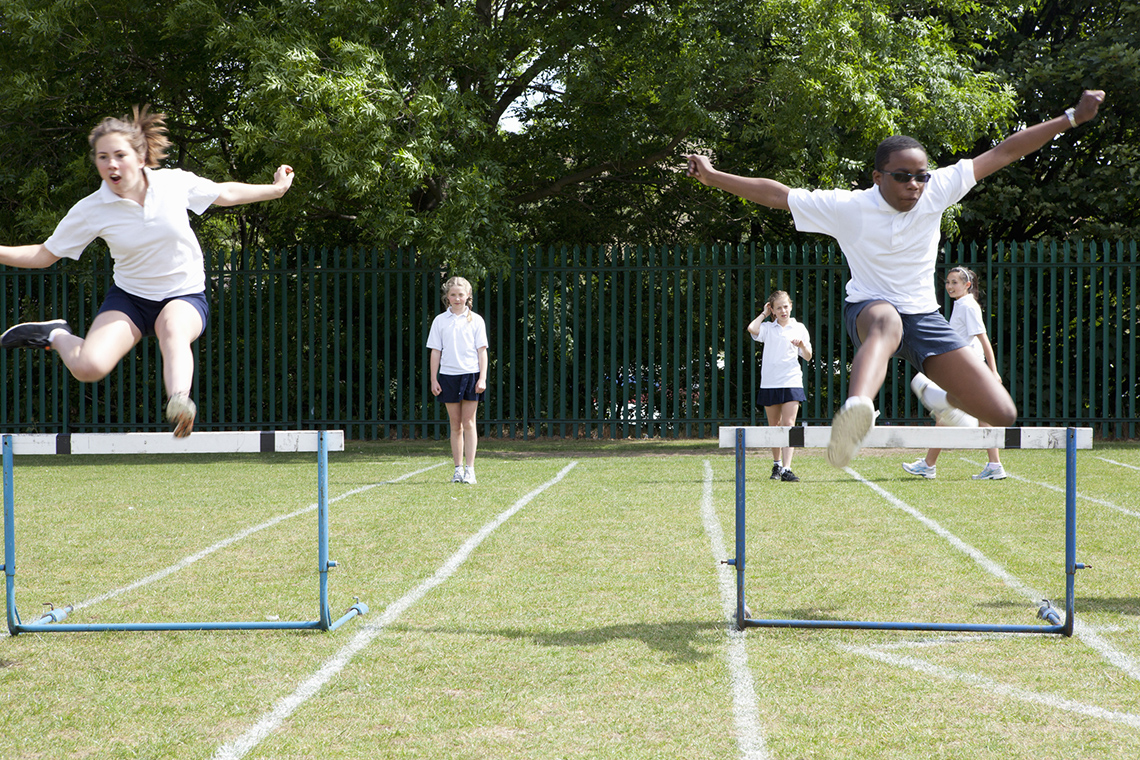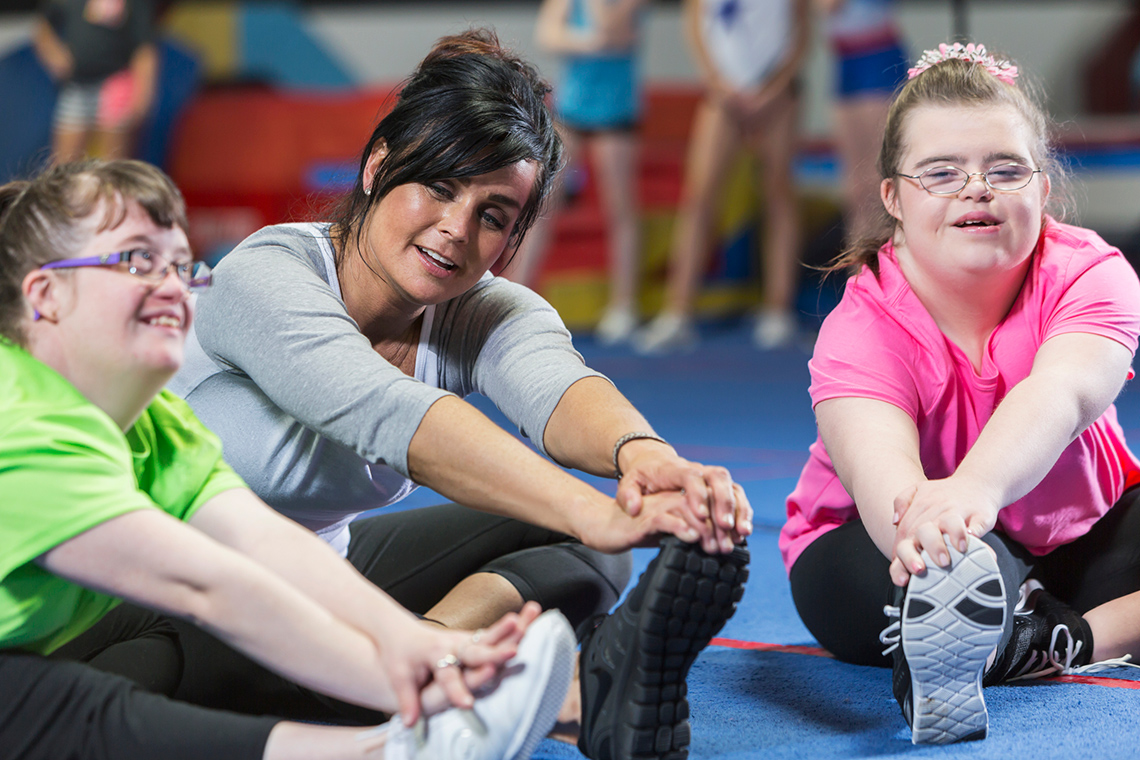Minds On
Setting goals

Setting goals helps people create a plan and set up a routine that they can put into place.
What are some goals that people may set up in their daily lives? For each category, consider an example of a goal that could be set.
- Sleep goal
- Managing time
- Finishing a book or podcast
- Artistic goal
- Fitness goal
Record your example goals in a method of your choice.
Press ‘Possible Answer’ to access some examples of goals.
Sleep goal: I want to get 8 hours of sleep every night
Managing time: I want to get all work completed by 7:00pm so I have time for myself
Finishing a book or podcast: I want to be completed in 2 weeks time
Artistic goal: I want to paint a picture for the first time
Fitness goal: I want to run 5 km in 30 minutes
To achieve that goal, what is one thing that a person can do to help them achieve their goal?
Press ‘Possible Answer’ to access things people can do to help them achieve their goal.
Sleep goal: I can go to bed at 10:00pm.
Managing time: I can create a “to do” list for a day that has 5 items on it
Finishing a book or podcast: I make a reading time each day for 15 minutes
Artistic goal: I look up a possible art class that I can take.
Fitness goal: I begin to make a running log with my distance and time.
Action
Personal fitness goal setting
One type of goal that can help people stay healthy is a SMART personal fitness goal.
Creating a SMART personal fitness goal can help people establish a routine that they feel comfortable with. They are also able to monitor their progress as they get closer to their goal.
What is a SMART goal? A SMART goal is a way to set a goal in a way that makes the goal achievable.
Press the following tabs to learn about SMART goals.
Press the following tabs to access the components of physical fitness.
Using a method of your choice, create a possible SMART goal for at least 2 components.
Press ‘Possible Goals’ to access some possible goals for you to achieve.
Cardiorespiratory endurance: walk, wheel, or run 5km in a certain time
Muscular strength: complete 10 shoulder presses or lunges
Muscular endurance: cycle or row for a certain amount of time
Flexibility: hold a pose for up to 60 seconds
Determine which section these scenarios fall into when developing a SMART goal.
For each sentence, select the missing word from the drop-down menu.
Developing a personal fitness action plan

Based on what you now know about goal setting, you will be developing full body circuits based on your current level of fitness and outlined SMART goals.
What is circuit training?
Circuit training is alternating between a variety of exercises (typically 5-10 exercises), that target different muscle groups with small rest periods between each exercise which can be decided by the person doing the exercises.
Creating an effective circuit includes:
This means how long the exercise lasts and how long the rest lasts.
Example: each exercise lasts 45 seconds and each rest period lasts 30 seconds.
What type of exercises will be included in the circuit? Cardiorespiratory endurance exercises? Flexibility exercises? Muscular strength exercises? Muscular endurance exercises? A combination of two or more?
Example: stationary bike, squats, lunges.
As a general rule, more repetitions will help endurance, and fewer repetitions, but more intense exercise, will help strength.
Example: 15 squats, 15 lunges.
Complete your Circuit Plan in your notebook or using the following fillable and printable document. If you would like, you can use speech-to-text or audio recording tools to record your thoughts.
| Exercise | Repetitions/ Time | Rest Period | Component of Physical Fitness | How it Meets my SMART Goal |
|---|---|---|---|---|
Press the ‘Activity’ button to access Circuit Plan.
Try your circuit plan.
Safety
Before you begin, consider these safety precautions:
How does your body feel while working through your circuit?
Consolidation
Reassessing my goals

Circuit training is only one way of achieving personal fitness goals.
The benefits of circuit training are that they often can be accomplished in any setting, require little or no equipment, and can be created to meet a person’s personal needs.
Consider other physical activities that are available to you that you could incorporate in your daily fitness plan.
Go back and reassess your SMART goals to include additional physical activities that you enjoy beyond the exercises within your circuit designs.
As you begin your fitness journey, remember that it’s ok to reassess your fitness goals as you progress. You may find that your goals need to be updated, maybe even more than once.
Reflection
As you read through these descriptions, which sentence best describes how you are feeling about your understanding of this learning activity? Press the button that is beside this sentence.
I feel…
Now, record your ideas using a voice recorder, speech-to-text, or writing tool.
